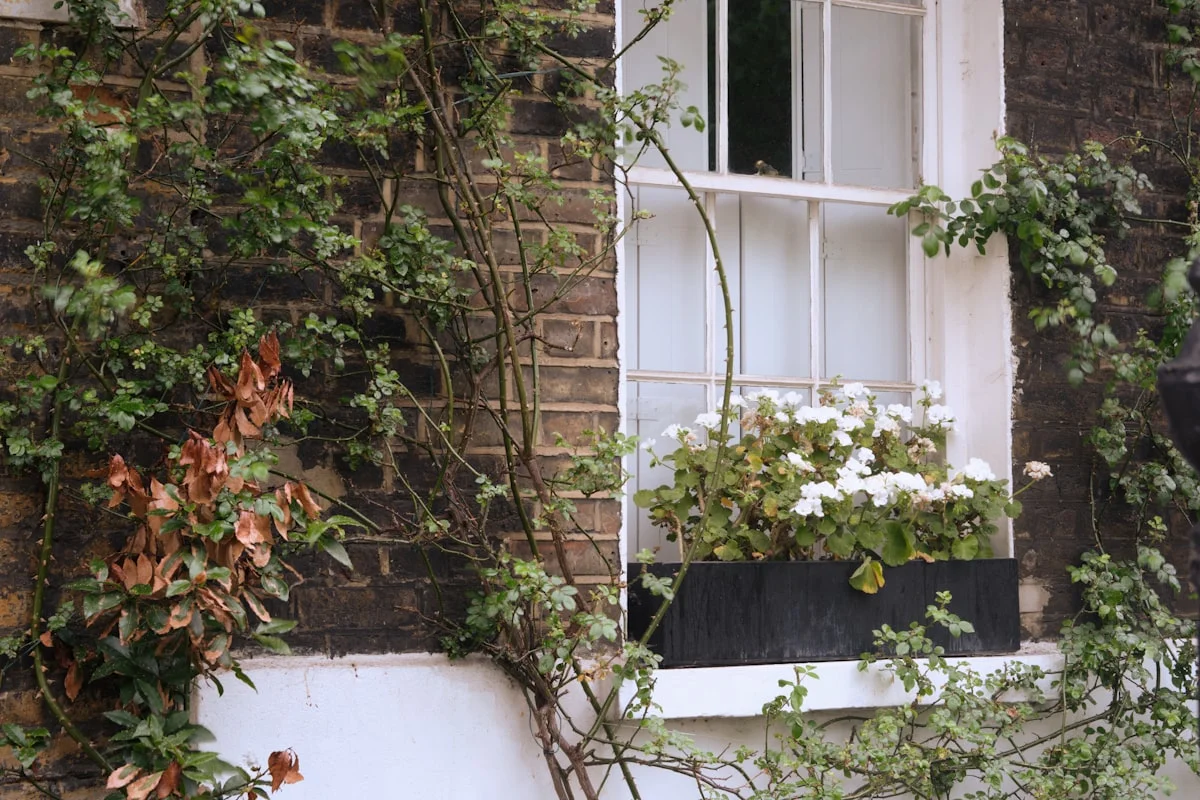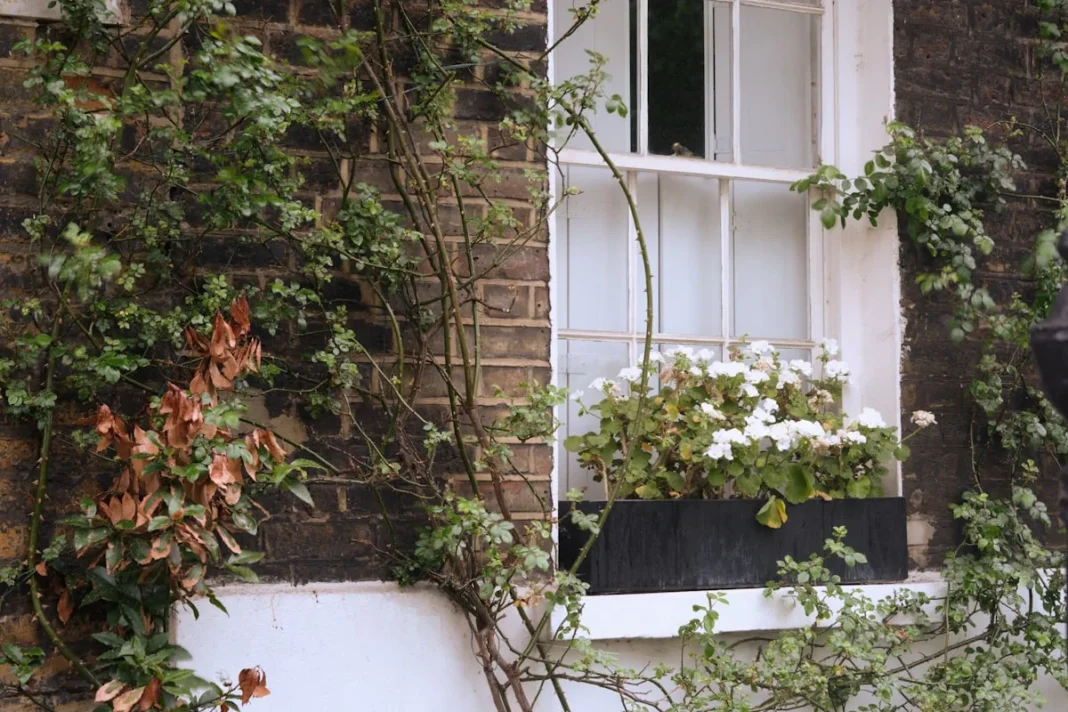Best Places to See Bluebells Near London in 2025
As spring arrives in 2025, nature enthusiasts and casual walkers alike begin their search for the best bluebells near London. These enchanting carpets of violet-blue flowers transform woodlands into magical scenes, and fortunately, there are numerous accessible locations within a short distance from the capital where you can experience this annual spectacle. Whether you’re planning a weekend family outing, a photography expedition, or a peaceful solo walk, discovering stunning bluebells near London is a seasonal tradition that promises beauty and rejuvenation.
The allure of a bluebell wood is undeniable. The sight of thousands of native English bluebells (Hyacinthoides non-scripta) creating a sea of colour under a canopy of emerging green leaves is one of the UK’s most cherished natural events. The scent is equally captivating—a sweet, delicate perfume that hangs in the air. For the best experience, timing is crucial. The peak season for bluebells near London typically falls between mid-April and early May, though this can vary slightly each year depending on winter weather and spring temperatures. An early or warm spring can bring flowers out sooner, while a cold snap may delay the display. For 2025, it’s wise to check woodland trust websites or local social media groups for weekly updates as April approaches.
When venturing out to see these floral wonders, it is vital to be a responsible visitor. Bluebells are a protected species under the Wildlife and Countryside Act 1981. This means it is illegal to intentionally pick, uproot, or destroy them. Their bulbs are easily damaged by trampling, which can prevent them from flowering in subsequent years and ultimately kill the plant. Always stick to designated paths and resist the temptation to walk through the flowers for a photograph. The best practice is to “take only pictures, leave only footprints,” ensuring these beautiful landscapes remain for future generations to enjoy. Related reading: Easy Vegetarian Recipes for Beginners | Simple & Tasty.
Related reading: Student Tax Return Germany: A Step-by-Step Guide.
Top Woodlands for Spectacular Bluebell Displays
One of the most renowned and easily accessible sites is Ashridge Estate, managed by the National Trust. Located in Hertfordshire, just an hour’s drive from North London, this area boasts ancient woodlands that become a breathtaking violet haze in late April. The monument common area is particularly famous for its dense and photogenic carpets of flowers. Parking is available, but it fills up quickly on sunny spring weekends, so an early start is highly recommended.
For those looking towards Kent, the county known as the “Garden of England,” offers several exceptional options. One standout is Emmett’s Garden, another National Trust property near Sevenoaks. This landscaped garden features a dedicated bluebell wood that slopes down a hillside, creating a dramatic and colourful vista. The combination of cultivated gardens and wild woodlands makes for a diverse and rewarding visit. Further east, near Maidstone, you will find Cobham Wood. This lesser-known gem is part of a National Nature Reserve and offers a more tranquil experience away from the crowds, with vast, undisturbed swathes of bluebells.
Venturing north of London leads to the Chiltern Hills, an Area of Outstanding Natural Beauty peppered with ancient beech woods that are perfect for bluebells. The woods around the charming village of Turville, famously used as a filming location for the Vicar of Dibley, are a fantastic choice. The combination of rolling hills and flower-filled woods provides excellent walking routes with rewarding views. Similarly, the woodlands near Wendover offer numerous public footpaths that weave through areas thick with spring flowers.

Planning Your Visit to See Bluebells Near London
A successful bluebell hunt requires a small amount of preparation. First, always wear appropriate footwear. Woodland paths can be muddy and uneven, especially after spring rain, so sturdy walking boots or wellies are essential. Check the weather forecast before you leave and pack a waterproof jacket just in case. While many of these woodlands have nearby pubs or cafes, it’s always a good idea to bring a bottle of water and perhaps a snack for your walk.
For photographers aiming to capture the magic, the best light is often found in the early morning or late afternoon. The soft, golden light during these “golden hours” avoids harsh shadows and highlights the rich colours of the flowers. A wide-angle lens is perfect for capturing the expansive carpets, while a macro lens can isolate the delicate details of a single bluebell. Remember to keep your tripod on the path to avoid damaging any plants.
Finally, consider exploring beyond the most famous names. While the large estates are stunning, some of the most memorable experiences can be found in smaller, local woods managed by county wildlife trusts. These spots are often quieter and can provide a more intimate connection with nature. Websites for local councils and wildlife trusts are invaluable resources for finding these hidden gems. Exploring the bluebells near London is a wonderful way to welcome spring, connect with nature, and create lasting memories in 2025.


